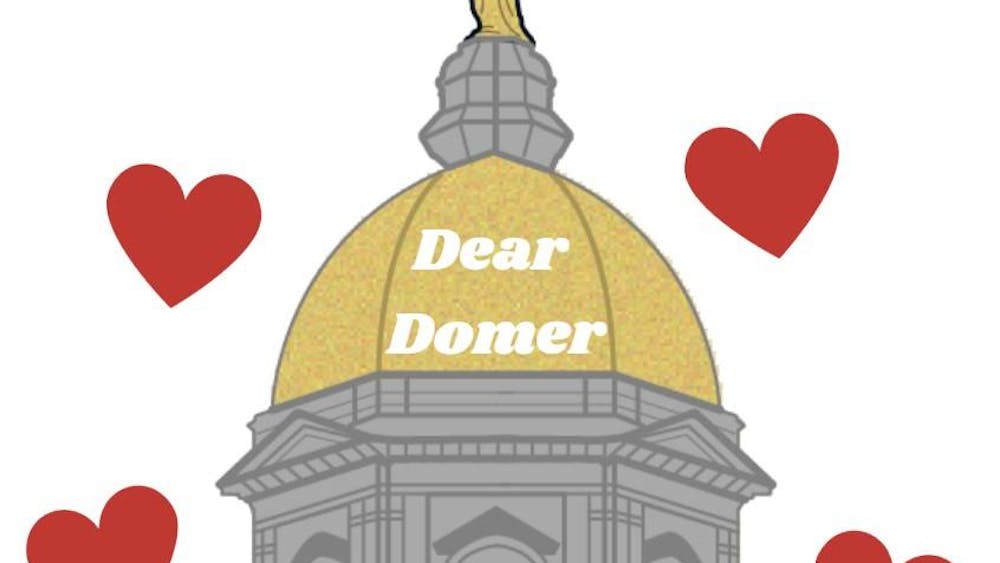When COVID-19 began, I was in the final semester of my senior year of high school. After my exams were canceled, I found myself, like many others, with more time on my hands. I turned to literature and the arts, as they gave me a refuge from the outside world. However, I noticed something interesting about the kinds of media being consumed.
For one, the sources of entertainment that seemed to be gaining popularity were those that contained infectious diseases themselves. “Outbreak” became one of the most streamed films on Netflix at the end of March 2020, and publishers reported booming sales in novels that featured epidemics. In Italy, Camus’ “The Plague” tripled in sales, and Penguin had to rush a reprint in different translations in order to meet the rising demand across the globe.
At first, I didn’t quite understand this peculiar phenomenon. For me, literature is a form of escapism, in which I can explore other cultures, backgrounds and lives that are distinct from my own. I am a traveler without a passport, unrestrained by limitations, but rather, boundless in the worlds I may enter.
To read literature that features pandemics themselves seemed counter-productive. We already are surrounded by doomsday themes in our everyday lives. Why would I want to add to the chaos, to the turmoil that is already ensuing? The influx of readership in dystopian and pandemic literature led me to question why we, as humans, gravitate towards books that depict such harrowing experiences, especially when these stories begin to resemble our own.
To answer this question, I began to read literature that featured plagues, including Boccaccio’s “The Decameron.” Although the work takes place in medieval Italy, I began to realize that despite the time gap between the setting and the current 21st century, the tendencies of the human behavior are eerily analogous to those of today.
In “The Decameron,” some of rich enjoy the arts in the comfort of their homes, experimenting with music and other forms of fine arts. The wealthiest of the lot flee to their countryside estates, leaving the middle and lower class to stay in the urban city and work, many of which succumb to the plague.
These class disparities existed long before the presence of the Black Death, but these inequities become amplified as resources become scarcer and more unattainable for many groups of people. Sound familiar?
Pandemics demonstrate the vulnerabilities in human nature, our fears of not being able to provide for our families, achieve our goals, or even survive. Humanity can become amplified by the heroic efforts of frontline essential workers and altruistic neighbors who shop for their immunocompromised friends. At the same time, goodwill can seem bleak, with fights breaking out in stores when inventory runs low.
Although news outlets throw the word “unprecedented” in every other sentence, I am reminded through reading such literature that we are not alone — these same issues have occurred throughout history, both in real life and in the world of fiction. In a strange way, I am comforted by these characters, in that they face similar fears and worries as my own.
Literature and the arts as a form of comfort during times of uncertainty is not an unfamiliar concept. “Station Eleven” by Emily St. John Mandel features a flu pandemic which devastates the world. In the aftermath of the disease, the main character joins a group that performs Shakespeare plays across the remaining settlements. Instead of surrendering to despair and futility in the obstruction of society as they knew it, groups of survivors form solidarity in performing plays for those who still live.
While the fine arts are not seen as something being essential to physical existence, after experiencing a year full of quarantine and isolation, it is becoming increasingly prevalent that implementing creativity and intellectual curiosity is necessary for one’s mental health and well-being.
Art is an expression of what it means to be human. Consuming or producing art, whether it be literary, visual or any other kind, can help people process difficult events and form conclusions about both the world and themselves. It has the ability to heal and provide hope, a form of rehabilitation during a year replete with much trauma and suffering.
While dystopian and pandemic novels do evoke dark themes such as anguish, I believe that this kind of literature also has the ability to portray hope in its rawest form. Hope is not produced in contentment but, rather, when desolation is near. It is during these times of trouble that we hope for a world that is full of literature, books and the arts. In an age where many are silenced, confused and scared, when we find ourselves rooting for the protagonist who is attempting to overcome obstacles, we are truly rooting for ourselves.
Elizabeth Prater is a first-year student with double majors in marketing and Program of Liberal Studies. In her free time, she manages her goldendoodle's Instagram account (@genevieve_the_cute_dog) which has over 23K followers. She can be reached at eprater@nd.edu or @elizabethlianap on Twitter.
Hope in its rawest form: why pandemic literature provides comfort in times of crisis
The views expressed in this column are those of the author and not necessarily those of The Observer.









